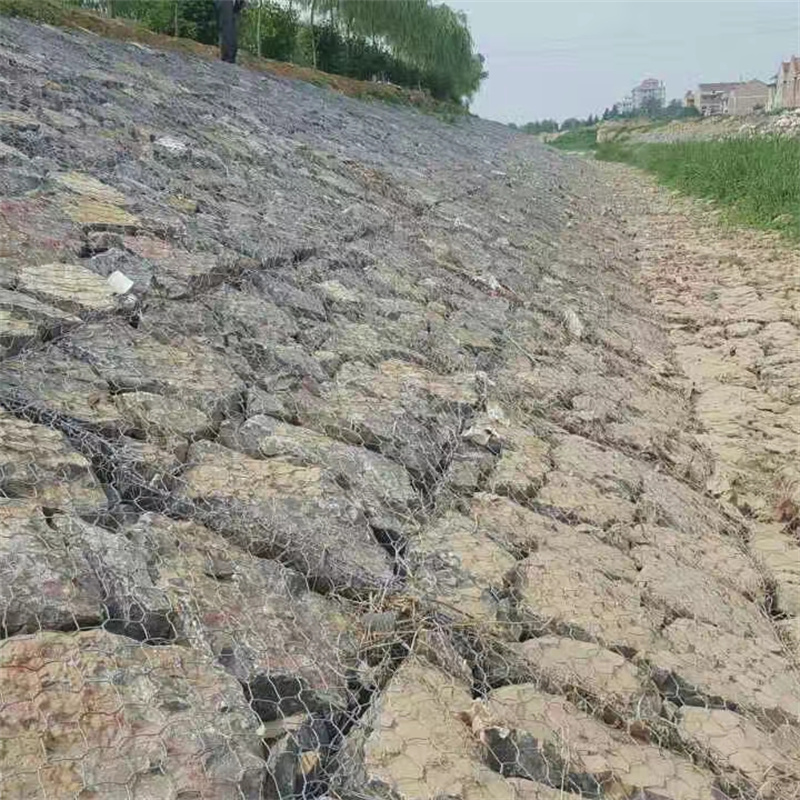Nov . 21, 2024 17:54 Back to list
high quality gabion wall river bank
High-Quality Gabion Wall for Riverbank Protection
In recent years, the increasing frequency of flooding and riverbank erosion has prompted engineers and environmentalists to seek innovative solutions for protecting our waterways. One such solution that has gained popularity is the construction of gabion walls. These structures, composed of wire mesh filled with rock or other materials, serve not only as physical barriers but also as sustainable alternatives to traditional erosion control methods.
Understanding Gabion Walls
Gabion walls are essentially large cages, typically made from steel wire mesh, that are filled with stones, boulders, or other types of aggregate material. These walls can be customized in size, shape, and design to suit the specific requirements of the site. The mesh allows for proper drainage, minimizing hydrostatic pressure buildup behind the wall, which is crucial in areas prone to flooding.
Unlike traditional retaining walls made from concrete, gabion walls are flexible and can withstand the forces of nature more effectively. Their design allows them to adapt to the shifting soil and water conditions, which is essential in riverbank stabilization projects.
Benefits of High-Quality Gabion Walls
1. Environmentally Friendly One of the standout features of gabion walls is their environmental compatibility. The use of natural stone or recycled materials helps to harmonize the structures with their surroundings, reducing visual pollution. Moreover, the gaps in the mesh allow for the growth of vegetation, enhancing biodiversity along the riverbank.
2. Cost-Effective Gabion walls are generally more economical than traditional structures. The cost of materials and labor is often lower due to the simplicity of the installation process. They can be constructed on-site with local materials, which further reduces shipping and transportation costs.
high quality gabion wall river bank

3. Durability and Longevity Made from galvanized steel or coated with heavy-duty protective substances, high-quality gabion walls are resistant to rust and corrosion. With proper maintenance, these walls can last for decades, providing reliable protection to riverbanks without the need for frequent repairs.
4. Rapid Installation The modular nature of gabion walls allows for quick assembly on-site. This is particularly advantageous in emergency situations when immediate action is needed to prevent flooding or erosion. The ease of installation minimizes disruption to the environment and local communities.
5. Versatile Applications Gabion walls are suitable for a variety of applications beyond riverbank protection. They can be used in landscaping, retaining walls, sound barriers, and even in the construction of small bridges. Their versatility makes them an appealing option for a wide range of engineering projects.
Implementation and Considerations
While the benefits of gabion walls are numerous, important considerations must be taken into account during their design and installation. Proper engineering is crucial to ensure the walls effectively handle expected loads, water flow, and potential debris movement during flood events. A comprehensive site assessment should be conducted to understand soil conditions, water levels, and local wildlife habitats.
Additionally, selecting high-quality materials is vital to the longevity and effectiveness of the gabion walls. The wire mesh should have a protective coating to resist corrosion, while the fill material should be sourced responsibly to avoid adverse environmental impacts. Working with experienced contractors who understand the nuances of gabion construction can help ensure a successful project.
Conclusion
High-quality gabion walls present a practical, sustainable solution for riverbank protection against erosion and flooding. Their flexibility, cost-effectiveness, and environmental compatibility set them apart from traditional methods. As communities increasingly face the challenges posed by climate change and urban development, investing in such innovative techniques will be essential for preserving our ecosystems and ensuring the safety of our waterways. By prioritizing sustainable practices, we can protect both the environment and the communities that rely on these vital natural resources.
-
Visualizing Gabion 3D Integration in Urban Landscapes with Rendering
NewsJul.23,2025
-
The Design and Sustainability of Gabion Wire Mesh Panels
NewsJul.23,2025
-
The Acoustic Performance of Gabion Sound Barriers in Urban Environments
NewsJul.23,2025
-
Mastering the Installation of Galvanized Gabion Structures
NewsJul.23,2025
-
Gabion Boxes: Pioneering Sustainable Infrastructure Across the Globe
NewsJul.23,2025
-
Custom PVC Coated Gabion Boxes for Aesthetic Excellence
NewsJul.23,2025
-
Installation Tips for Gabion Wire Baskets in Erosion Control Projects
NewsJul.21,2025






